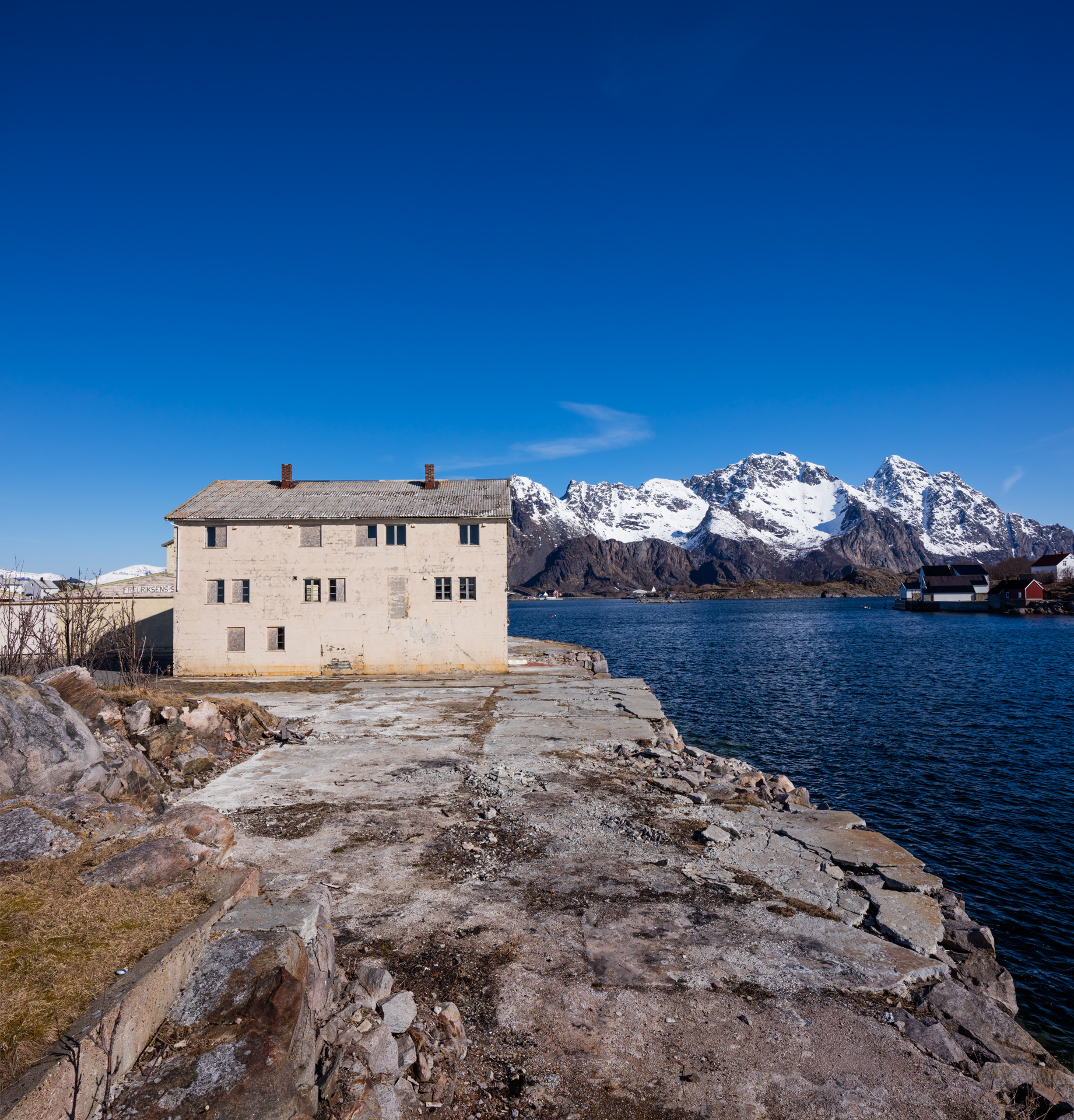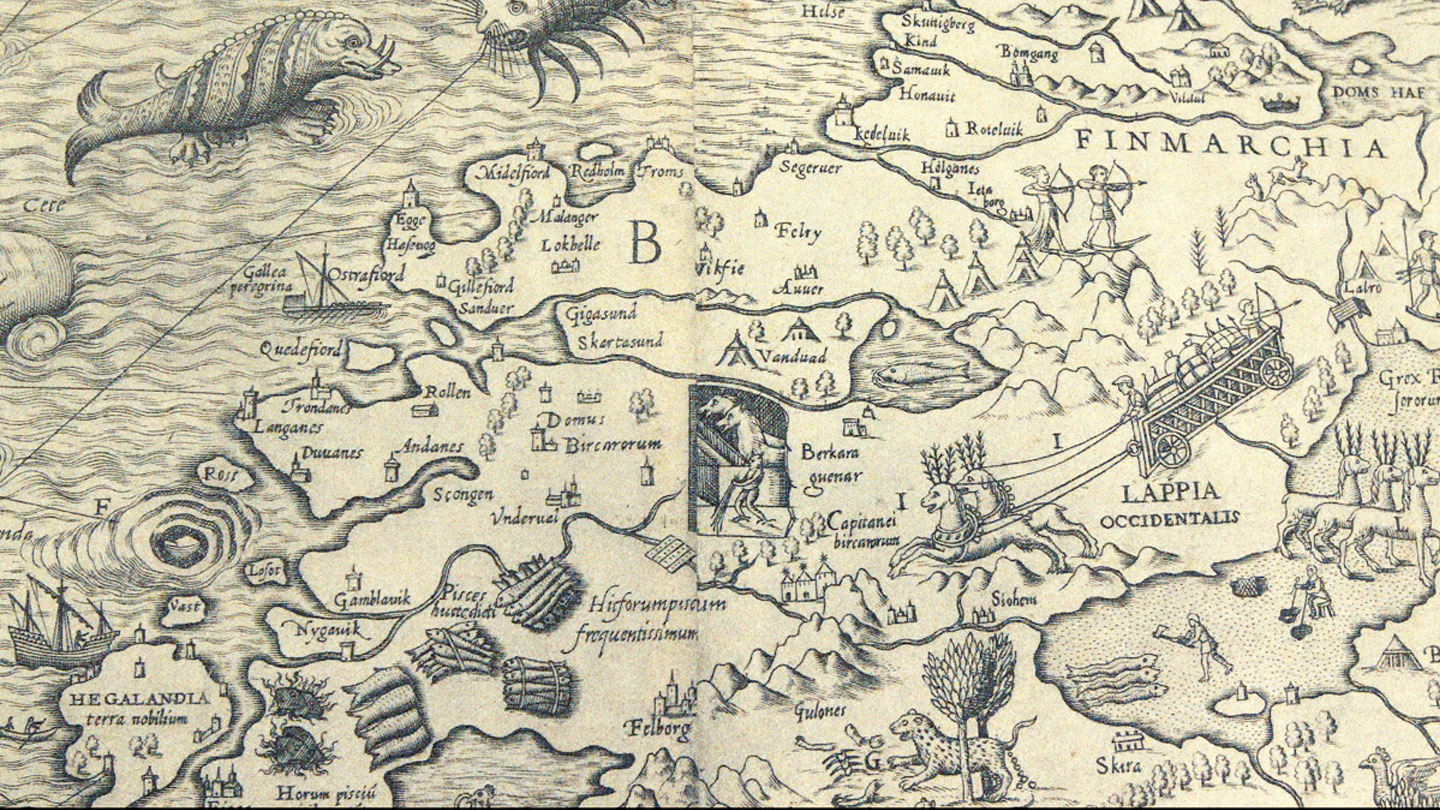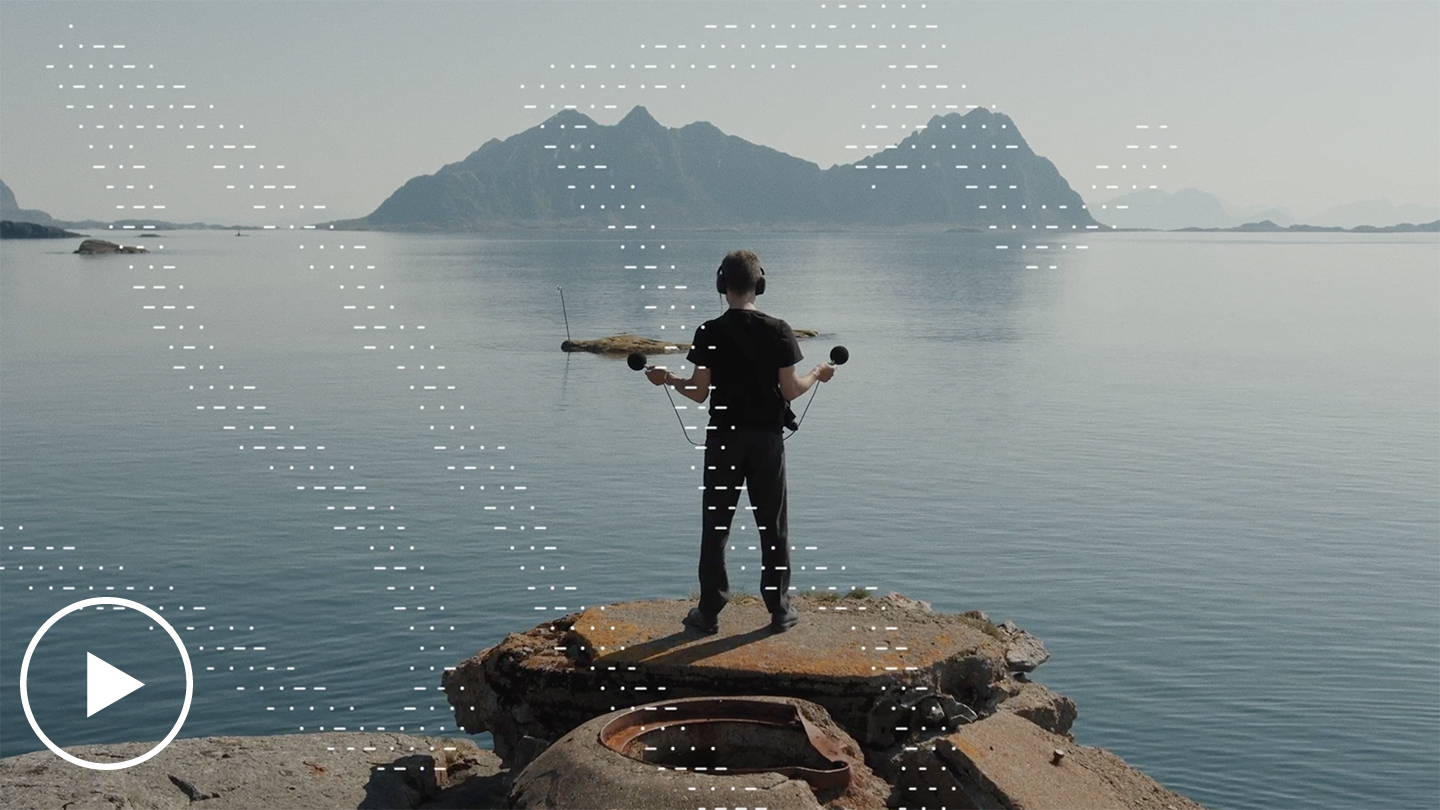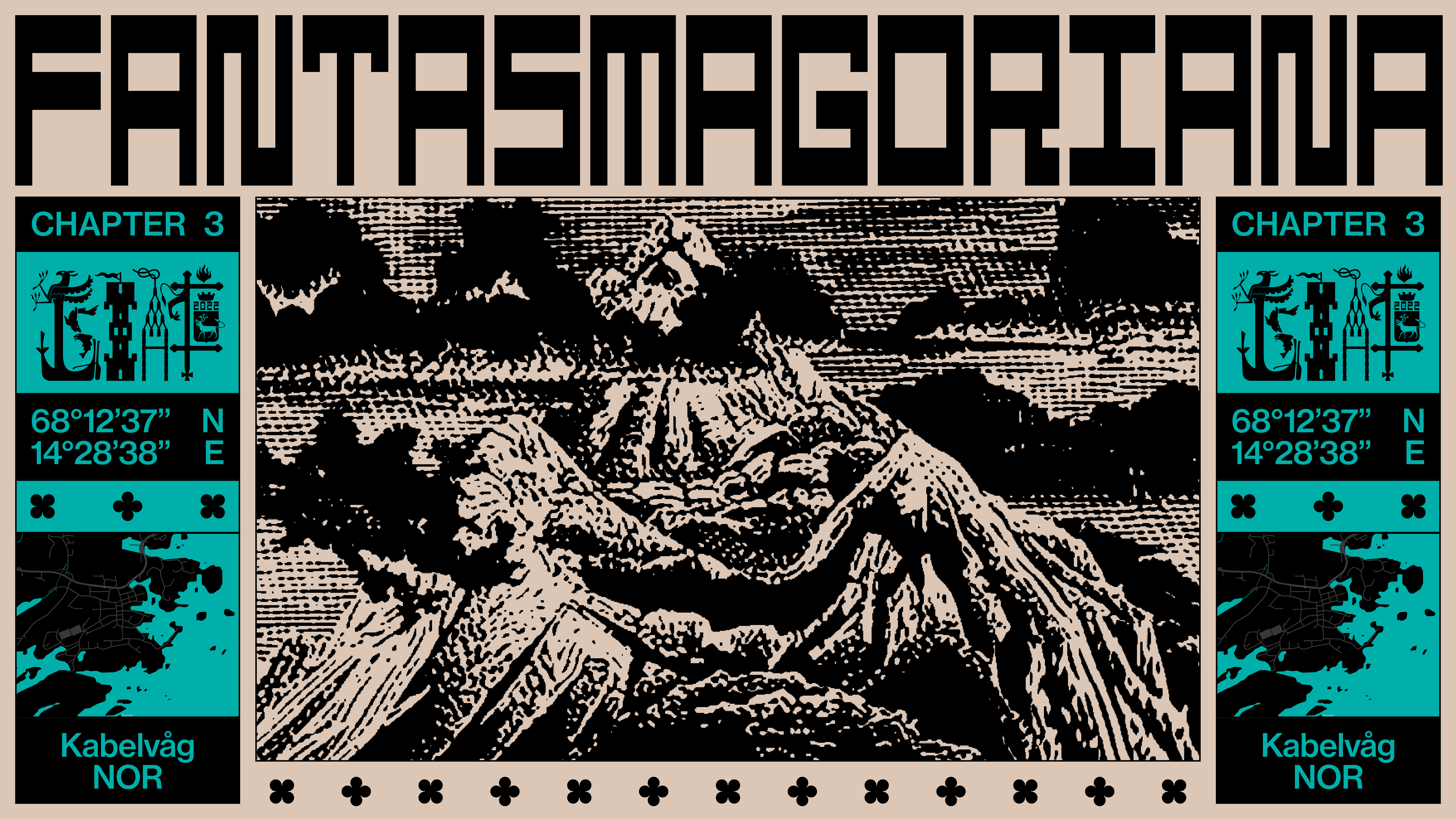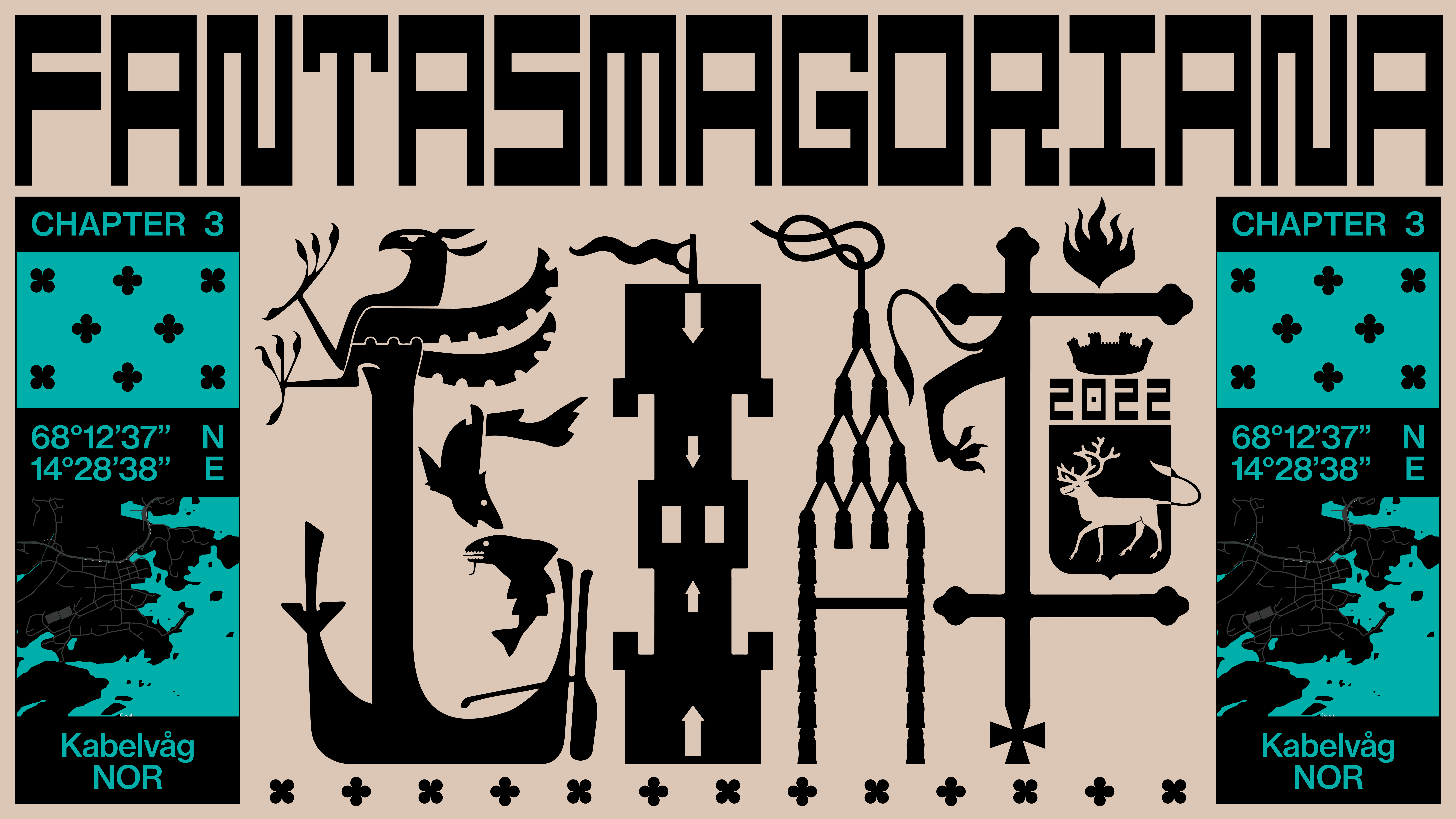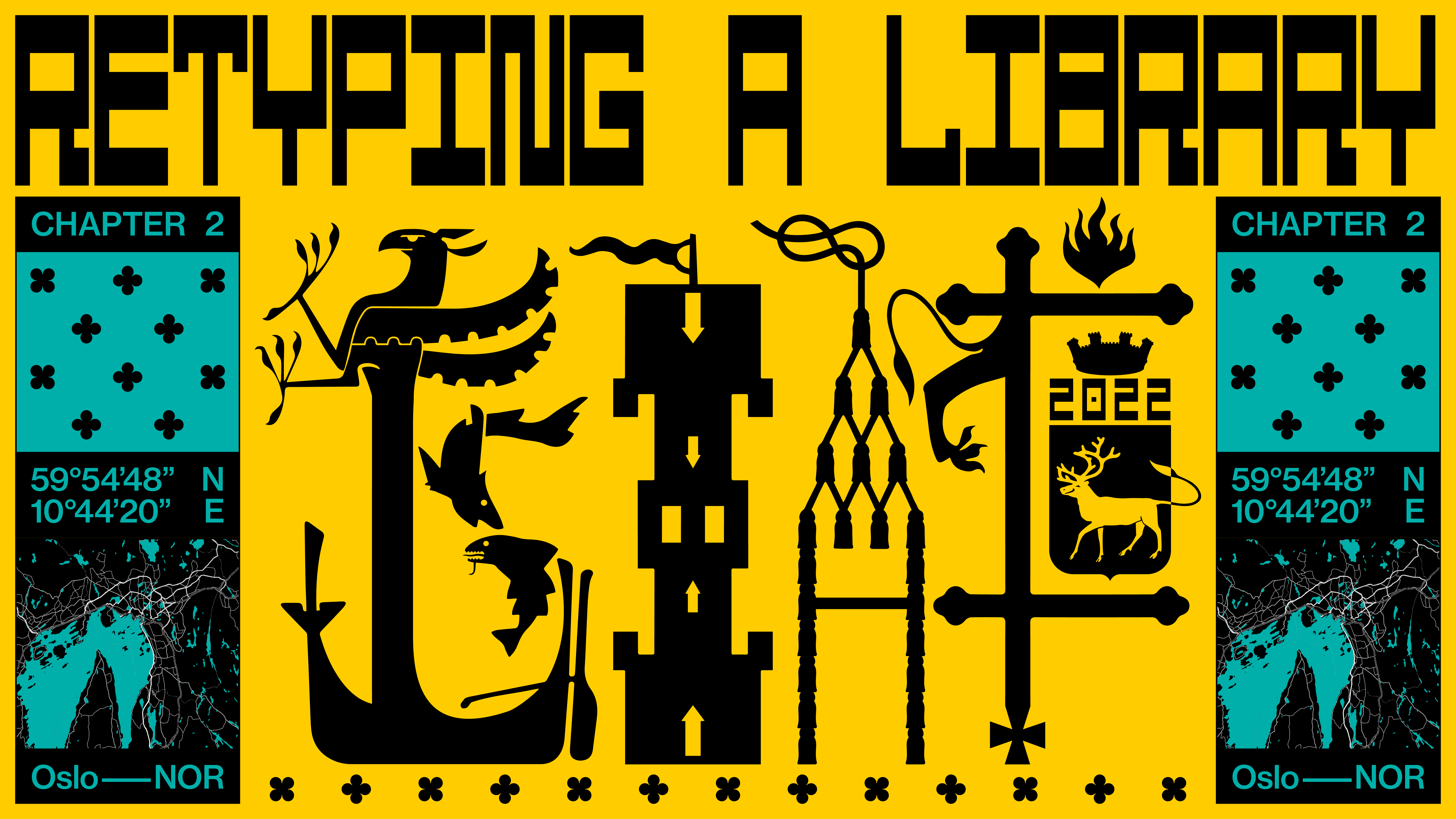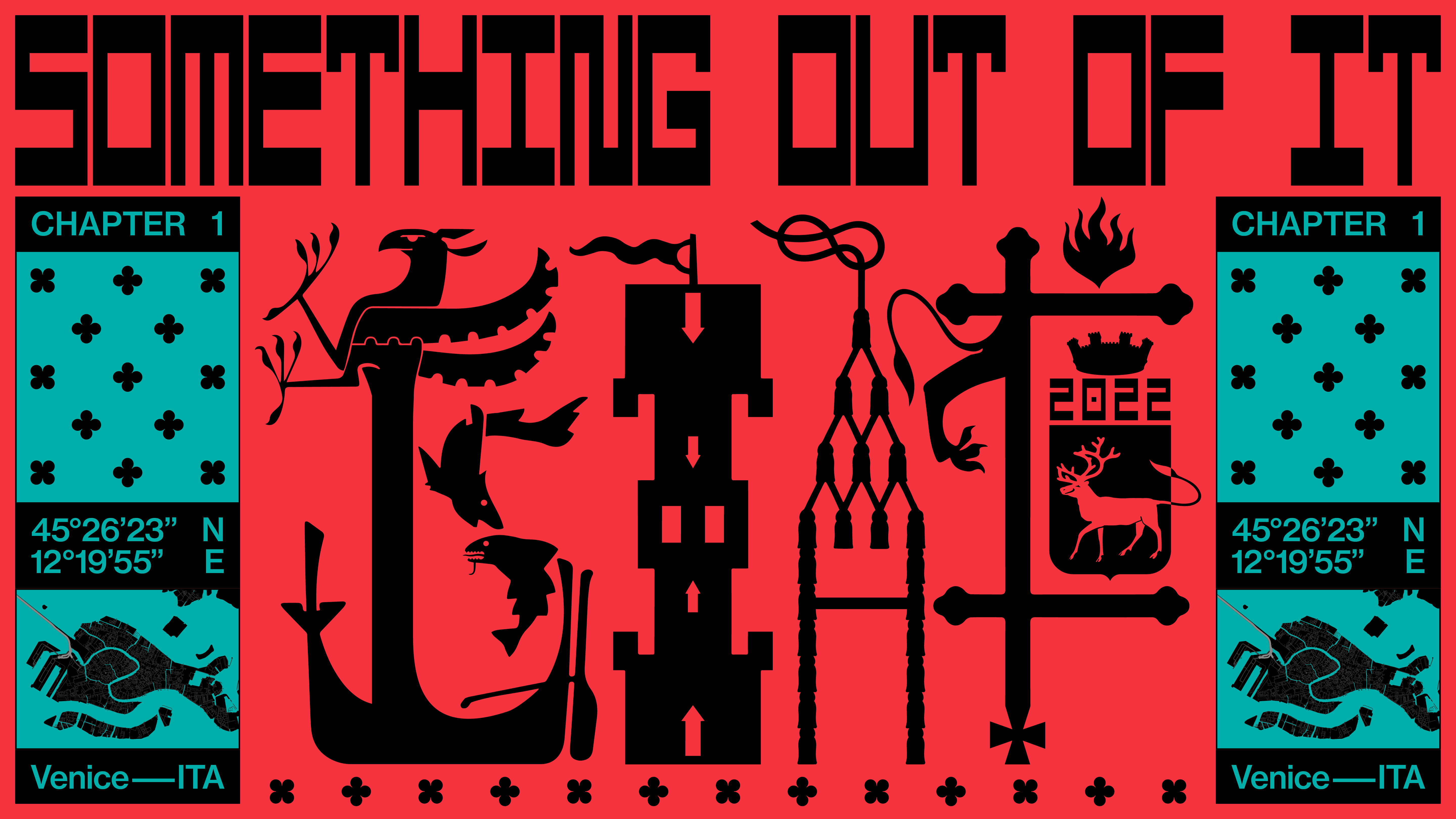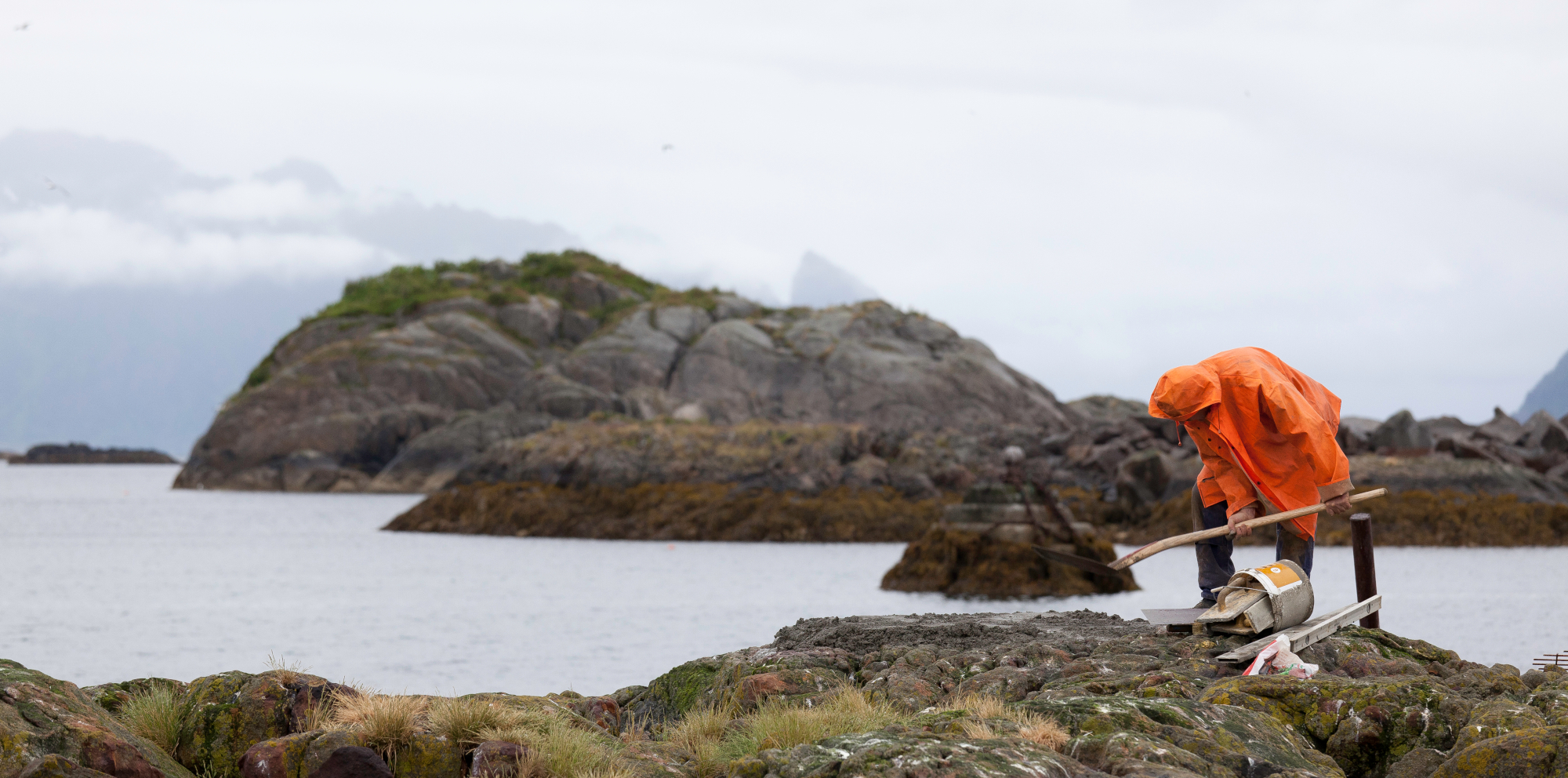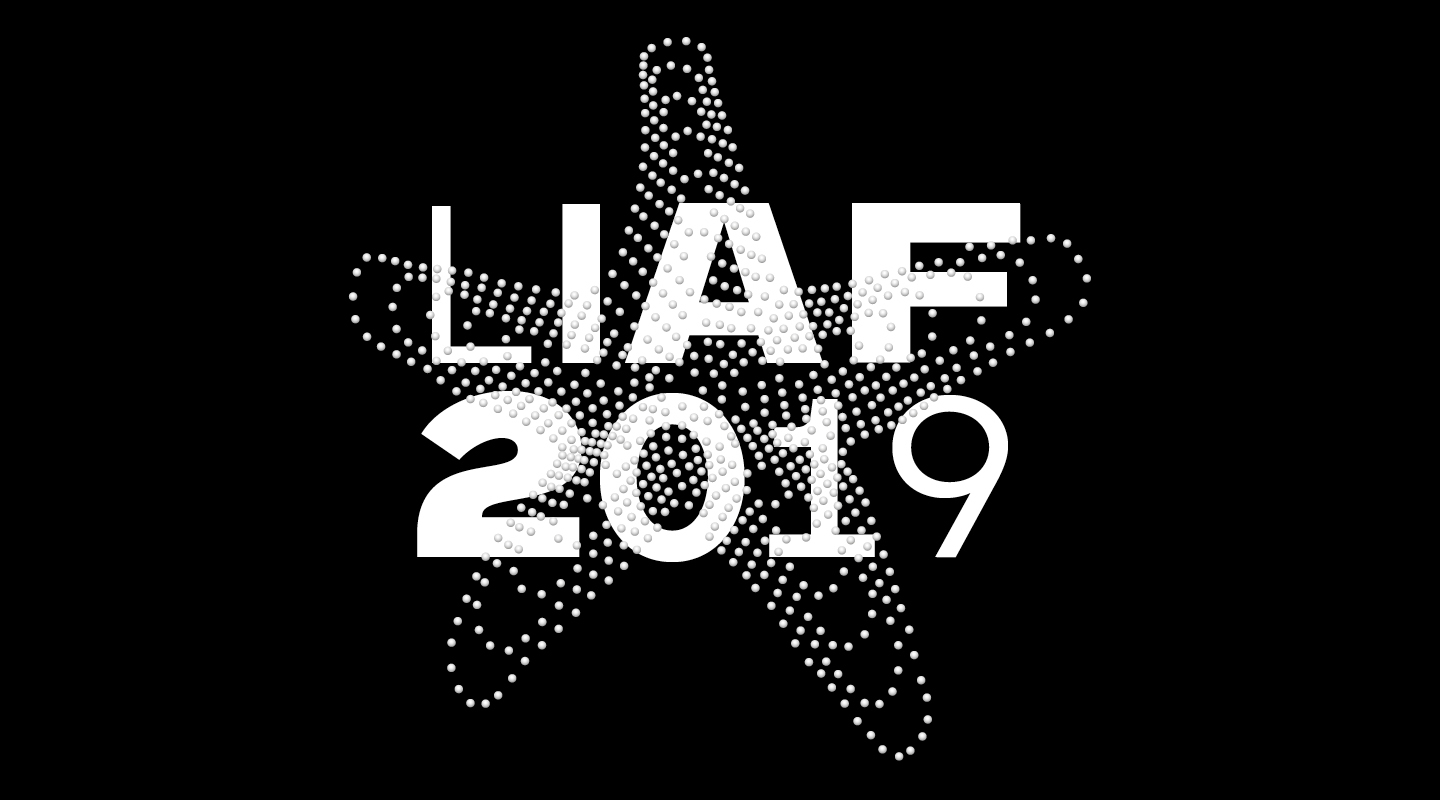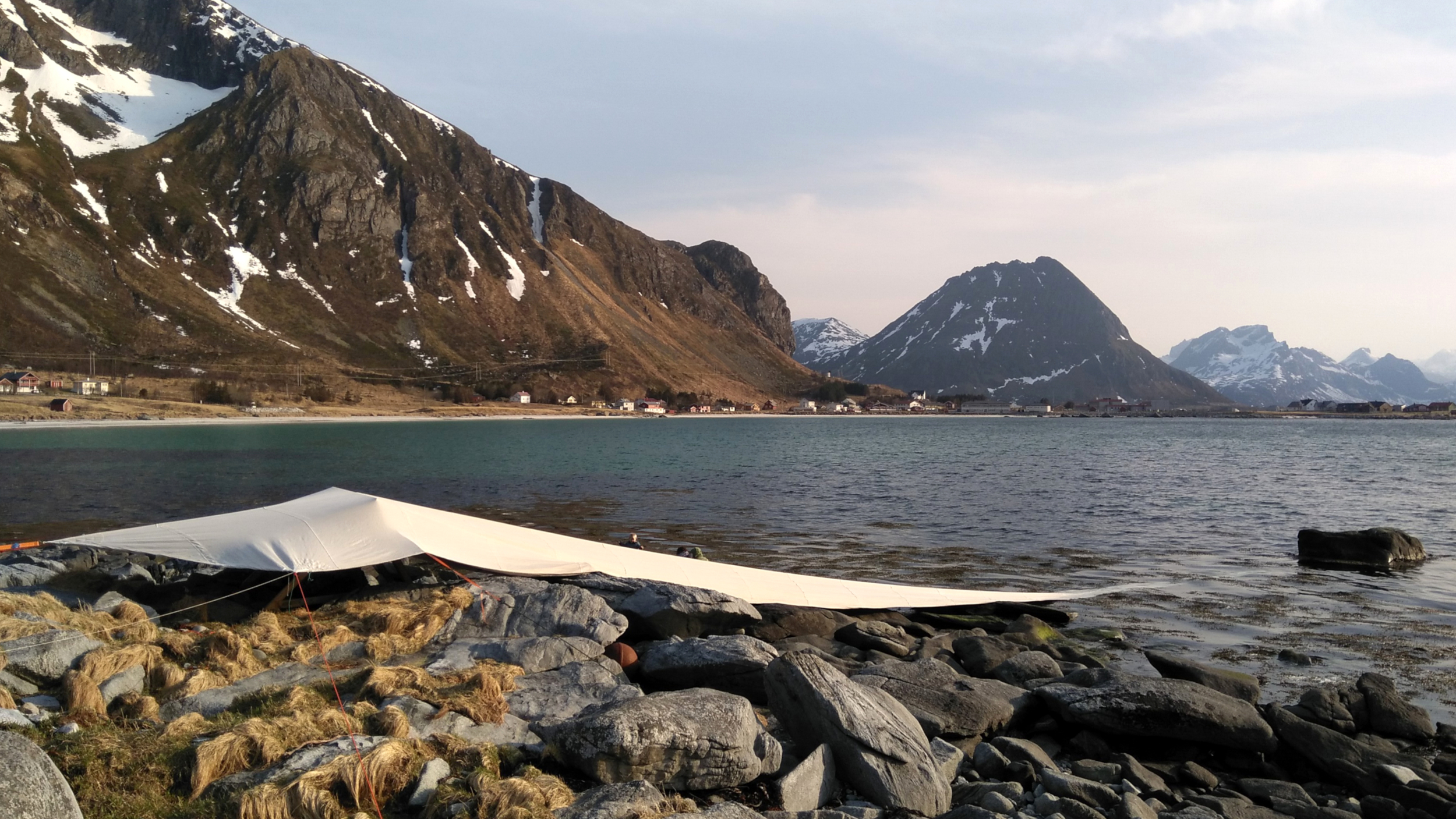I Taste the Future
September 1–October 1, 2017
Dear Ann,
Thanks again for sending the science fiction references. So much good stuff there.
We were just in Venice and of course this biennial surrounded by water made us think about our mini-biennial in the Lofoten Islands. Did you know that it was supposedly a Venetian sailor, Pietro Querin, who brought the first Norwegian stockfish from Lofoten to Italy? He was on his way to Bruges in Belgium in 1432, but his ship ran aground on the island Røst. It’s a bit of a weird story since it's quite a drift from Belgium to the Arctic Circle, but imagine that this shipwreck is why Italy, Portugal and Brazil developed a taste for salted cod, which to this day they import from Norway.
We just can't get around fish when we think about Henningsvær. As you noticed there is still a faint scent of cod liver oil in Trevarefabrikken, the old factory where we will install your work. We feel really excited about our decision to move this edition of LIAF to a smaller town of only 460 inhabitants. The scale and the layout of this historical village holds a lot of potential. We especially hope that the performances and new works we are commissioning will be a way to engage visitors in our idea of imagining a time 150 years from now. Performativity feels important to us, since far-off future thinking is not static but has to stay open to “shifts in the story.” As you said in our last Skype call, sci-fi is much more than a futurist visualization of the world to come, constructed from the limited perspective of our current situation. At best it expands what we can currently put into images or words. Or as Donna Haraway would say, sci-fi is valuable not as an illustration of thinking; but as the thinking itself (!)
The fragility of our ecology is very palpable in the Arctic and we need to create a space for something other than apocalyptic scenarios. Looking at an aerial photo of the tiny islets of Henningsvær it is so easy to imagine the looming impact of global warming. What will happen to the surrounding sea if the fish stop coming down from the North Pole to spawn, as they have for centuries? With the growing interest in resources in the sea, not only off the Norwegian coast but globally, the idea of the sea as territory that cannot be owned is really under pressure. But what would the alternative be if we were to discard the 17th century principle of mare liberum? What if you could own a piece of the ocean, or make it part of a nation that people belong to? Maybe Fijian scholar Epeli Hau’ofa’s idea of oceanic identity and the connectivity of the ocean between islands could be applied to Lofoten in a global perspective.
We noticed that oil is mentioned in several previous editions of LIAF. It’s probably because the question of allowing oil licenses in Lofoten is on the agenda during every national election in Norway, including this September when our biennial is happening. Anyway, we can speak much more about this in Copenhagen next week. Let us know how it went with the image sculpting. Will your cyborg have a name? In any case we are very excited by the idea that she’s “on her way to become future….”
A bientôt!
Milena and Heidi
International press inquiries: Emma Pettit and Nicola Jeffs at Margaret_, liaf@margaretlondon.com
Norwegian press inquiries: Merete Steiro Mortensen, press@liaf.no
General inquiries, post@liaf.no
